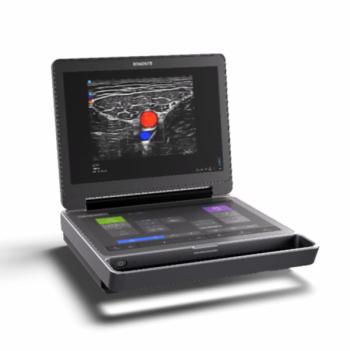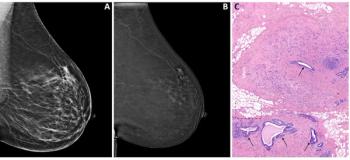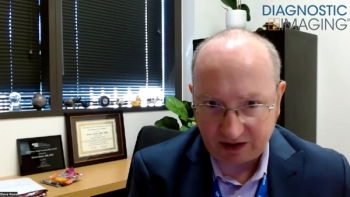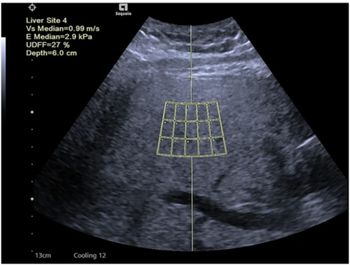
Merge plans acquisition of Interpra
Merge plans acquisition of InterpraFirm gears up to meet needs of IHE initiativeMarket interest is growing in implementing integrated image and information management systems. Nowhere is that attitude as pronounced as in the Integrating
Merge plans acquisition of Interpra
Firm gears up to meet needs of IHE initiative
Market interest is growing in implementing integrated image and information management systems. Nowhere is that attitude as pronounced as in the Integrating the Healthcare Enterprise initiative, a joint venture between the RSNA and the Healthcare Information and Management Systems Society (PNN 4/99).
To prepare for the needs of vendors and end users in this new era of integration, Merge Technologies has signed a letter of intent to acquire Interpra Medical Imaging Network, a Toronto-based developer of clinical work-flow and information management products. Terms of the agreement were not released.
The long-term game plan of Merge is to specialize in providing data integration components for the integrated healthcare enterprise, said Bill Mortimore, Merge president and CEO.
The Milwaukee-based firms first step towards this future was the development of CaseWorks, a device that allows users to gain the benefits of PACS technology while continuing to read images from conventional film generated from a Merge DICOM print network. CaseWorks enables digital image archiving of data generated by the print network, and it allows radiologists to designate which images in the films should be included in the final report for referring physicians. Radiologists specify images using a dictation device and a barcode reader (PNN 3/99).
The acquisition of Interpra builds on this foundation by adding a number of healthcare IT tools, including the use of middleware for building healthcare applications into a data repository, Mortimore said. Merge will offer Interpras middleware technology as a toolkit for OEMs, and ultimately expects to offer a radiologist work-flow management tool that incorporates all aspects of creating a radiology report, including speech recognition, online medical reference, and clinical guideline information, as well as improved billing recovery. Quality control and practice management statistics will also be generated to support management decision-making, according to Merge.
Founded by thoracic radiologist Dr. Steven Herman, Interpra has specialized in development of Java-based radiology work-flow software. Herman still serves as president and CEO for Interpra, and will stay on as chief medical officer at Merge upon closure of the deal.
In addition to offering speech recognition capability, Interpras software provides online access to items such as radiologist work lists, online medical references, and managed-care guidelines. Interpras software would be linked to a hospitals existing RIS, HIS, and PACS, said John Soloninka, Interpra vice president. To facilitate this integration, a patent-pending, Java-based middleware addition was designed to communicate with these legacy systems. Software developers and programmers can use HTML and Java message calls via an application programming interface to develop their own applications.
When you have a layer that already deals with the message processing, interfacing, storage, and distributed access to health data, you have basically performed the lions share of programming for any healthcare software application, Soloninka said. You can use that same interfacing layer, which is already attached to the rest of the systems in the hospital, to build add-on applications in pathology or cardiology, or develop other radiology department work-flow software.
Soloninka will stay on as program manager for information management technologies at Merge. Alpha and beta testing for Interpras software was performed at the University Health Network, a four-site Toronto-based academic hospital network that performs over 500,000 imaging studies per year.
Search again Homepage
Newsletter
Stay at the forefront of radiology with the Diagnostic Imaging newsletter, delivering the latest news, clinical insights, and imaging advancements for today’s radiologists.






























